I first encountered Giovanni when I saw his TED talk on creativity and how to get out of the box. I was struck by how he talked about creativity—as a necessity, not a luxury. With his background in engineering and academia and mine in advertising, we couldn’t be more different and yet we are both devoted to expanding the role that creativity can play in business and in our lives. He started The Institute for Creativity almost 10 years ago and was generous to share that journey with me. I can’t imagine a better way to start off a new year than to reset our own creative compasses.
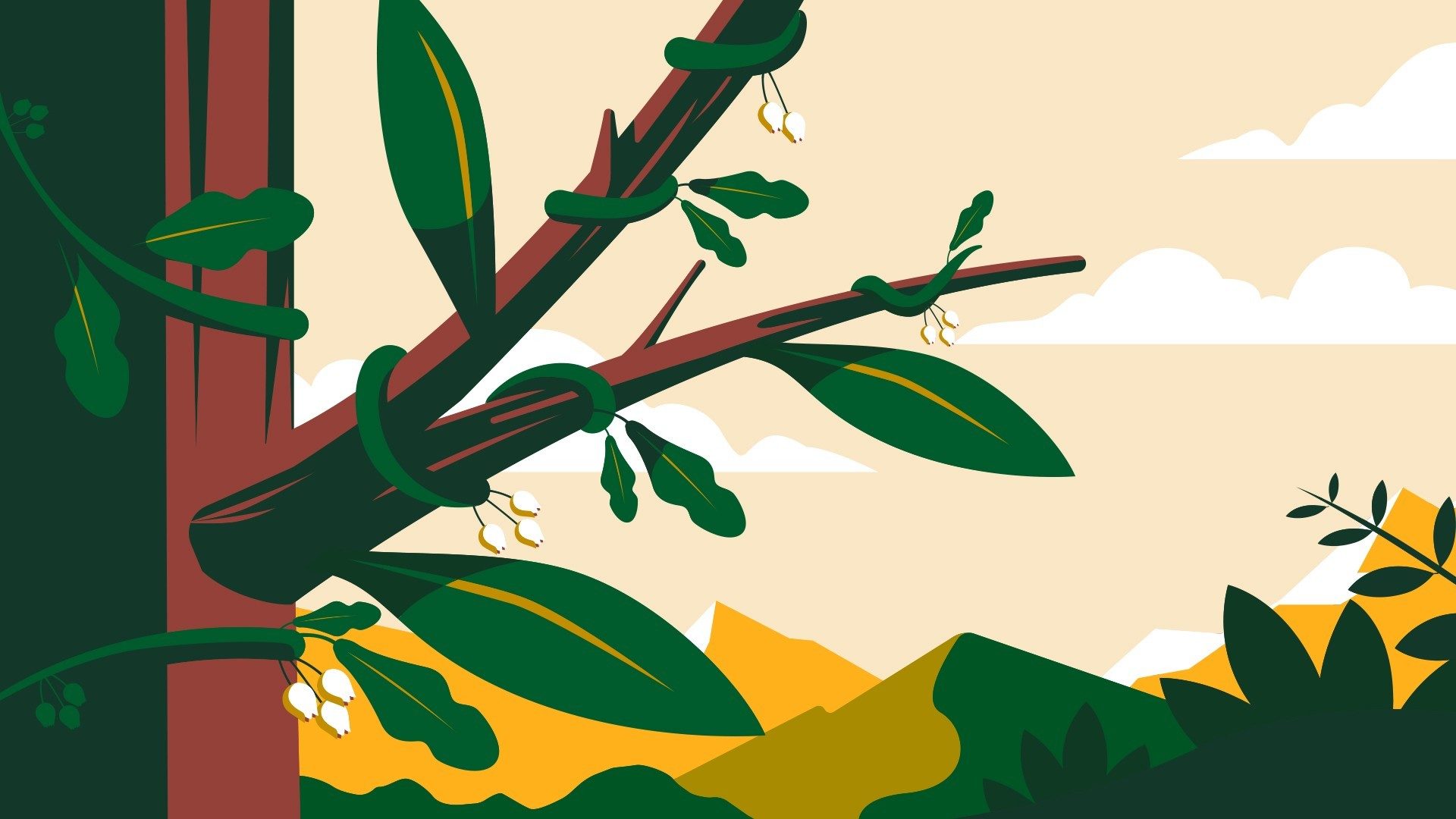
“Creativity is not confined to the human species. There is a type of vine that lives in Chile, called Boquila trifoliolata. It’s found a creative solution to not be eaten by animals by imitating the kind of leaf on the tree it grows on in order to confuse the animals. The implications of this are exciting and require further study.”
I was excited to talk to you after I saw your first TED Talk about creativity and how to think outside of the box. So much of what you spoke of is relevant to what I do in advertising. But you come from an academic discipline with an engineering background, right?
Yeah, that is right. I’m an engineer working in creativity and innovation. Kind of a strange combination, but actually it makes a lot of sense.
You embody one of the purposes of my blog, to inspire people who don’t think of themselves as creatives to shift their thinking.
Yeah, absolutely. I mean, the fact that somebody is creative or not creative would be tantamount to saying that somebody can or cannot speak English. Of course, we all have that potential, but we need to develop it. And there are many ways for doing that. And I think now is the time to take this discipline more seriously.
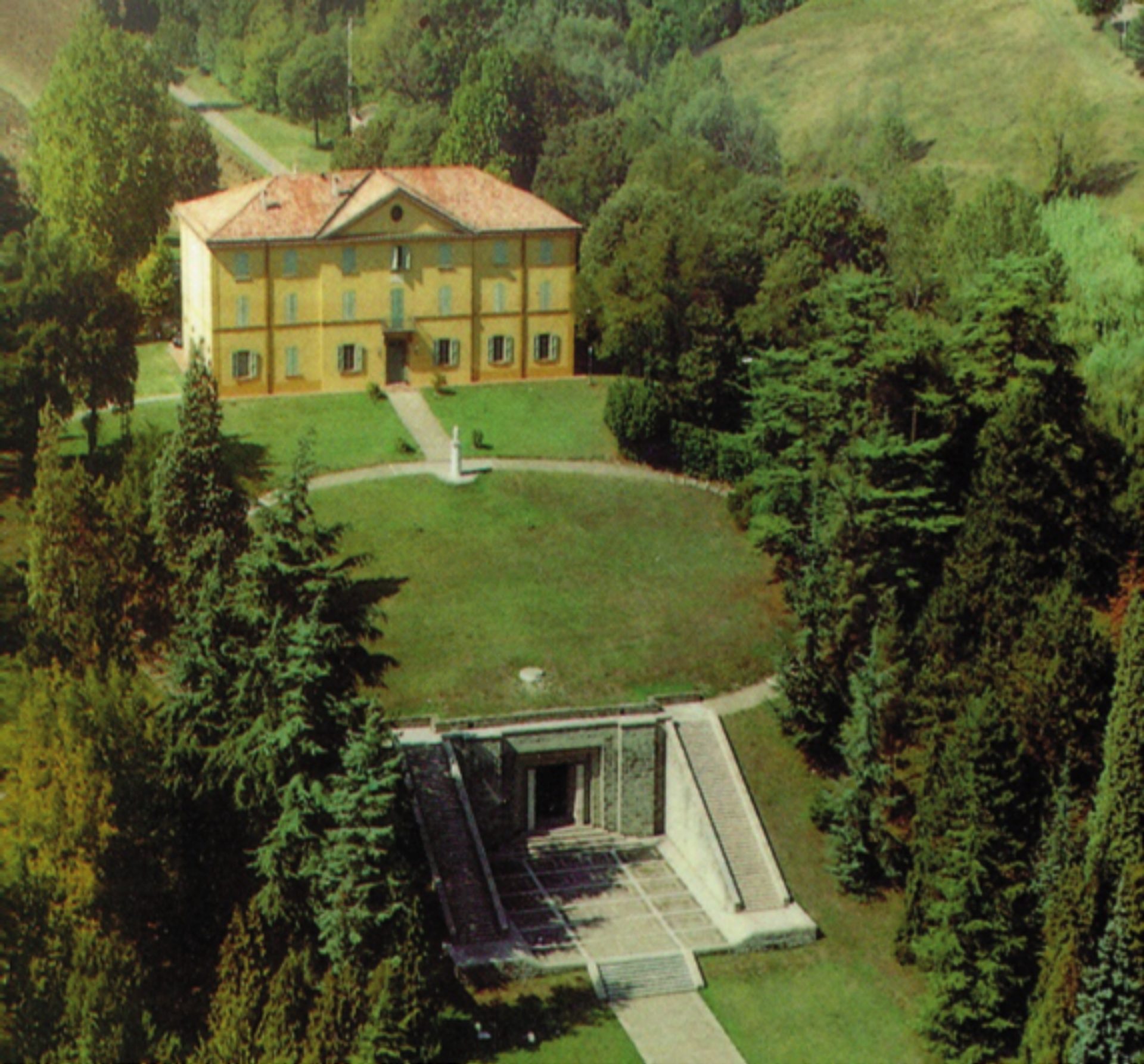
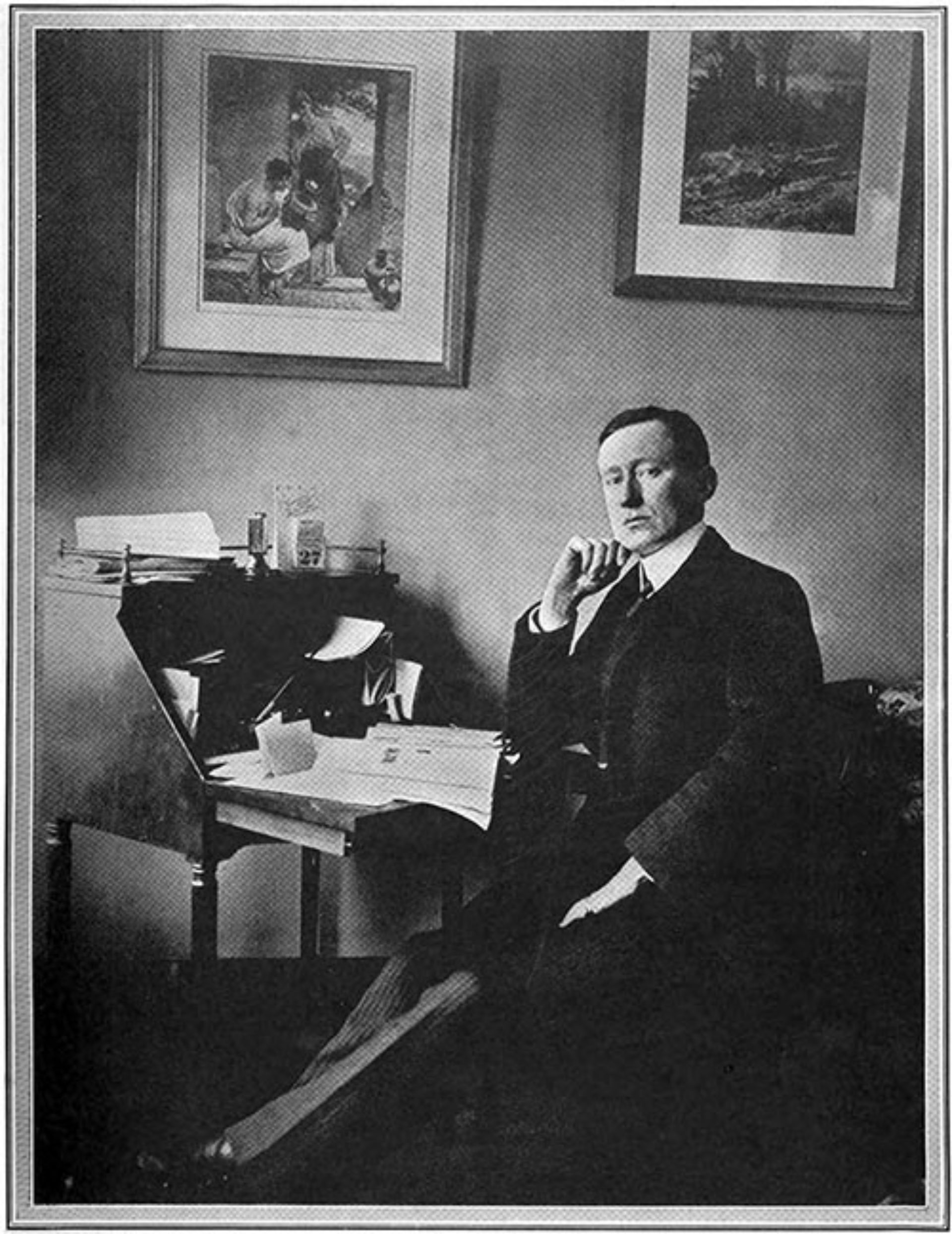
“This is the home of Guglielmo Marconi where wireless telegraphy was invented in 1895. Today, it is the premise of the Marconi Foundation and of the Marconi Institute for Creativity. “
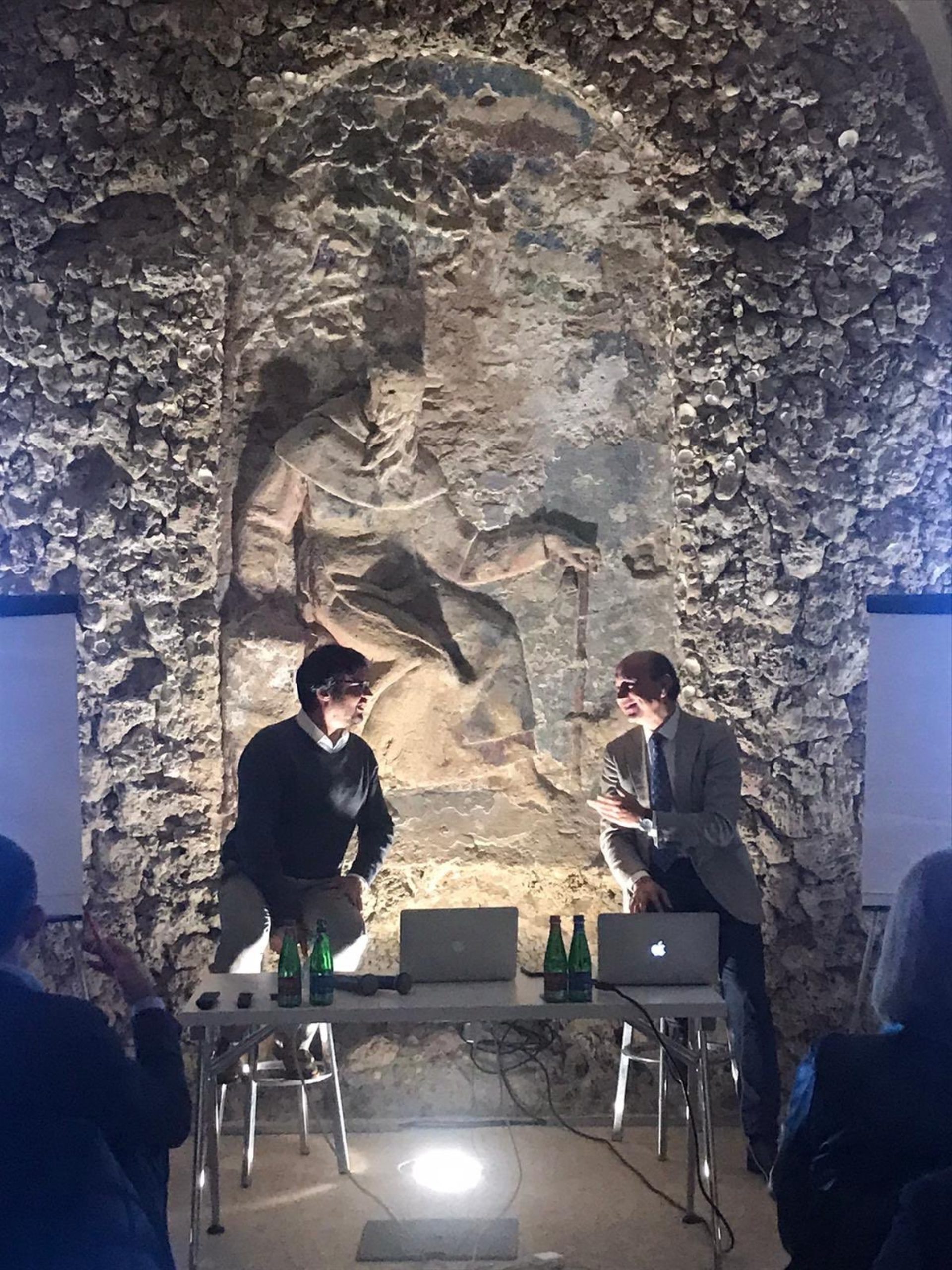
“The fact that somebody is creative or not creative would be tantamount to saying that somebody can speak English or cannot speak English. Of course, we all have that potential and we need to develop it. Now is the time for taking this discipline in a serious way.”
The Marconi Foundation was founded in 1938, so it’s been around for a while. You started the Marconi Institute for Creativity in 2011. I’d love to hear why and how that came to be.
I’m an engineer working in telecommunications. And communication technologies have really revolutionized the world since the second half of the 20th century. So, we are all interconnected and we have access to all information that we can find on multimedia databases around the world, in real time. When we have knowledge gaps between companies or people, they can be filled in a very short time. The fact that today information is a commodity has consequences for education and the job market, but it also has consequences for our dignity as humans. In previous forms of society, our dignity was really related to what we knew and the competencies that we had in our profession. That defined success for us.
But now our mind is extended by technology and we tend to “know everything”, so pure knowledge makes no difference anymore, in the limit. I’m clearly exaggerating, but that is the trend. And the only thing that can make a difference between us and between competing companies is what you do, what you generate out of this common, shared layer of information. So in the Information Society creativity becomes a necessity, and not anymore a luxury like it used to be in the past. And if it is a necessity, it must become a discipline. You have to teach it starting from schools and universities. When we realized this, we founded the Marconi Institute for Creativity. This year we will celebrate its 10th anniversary.
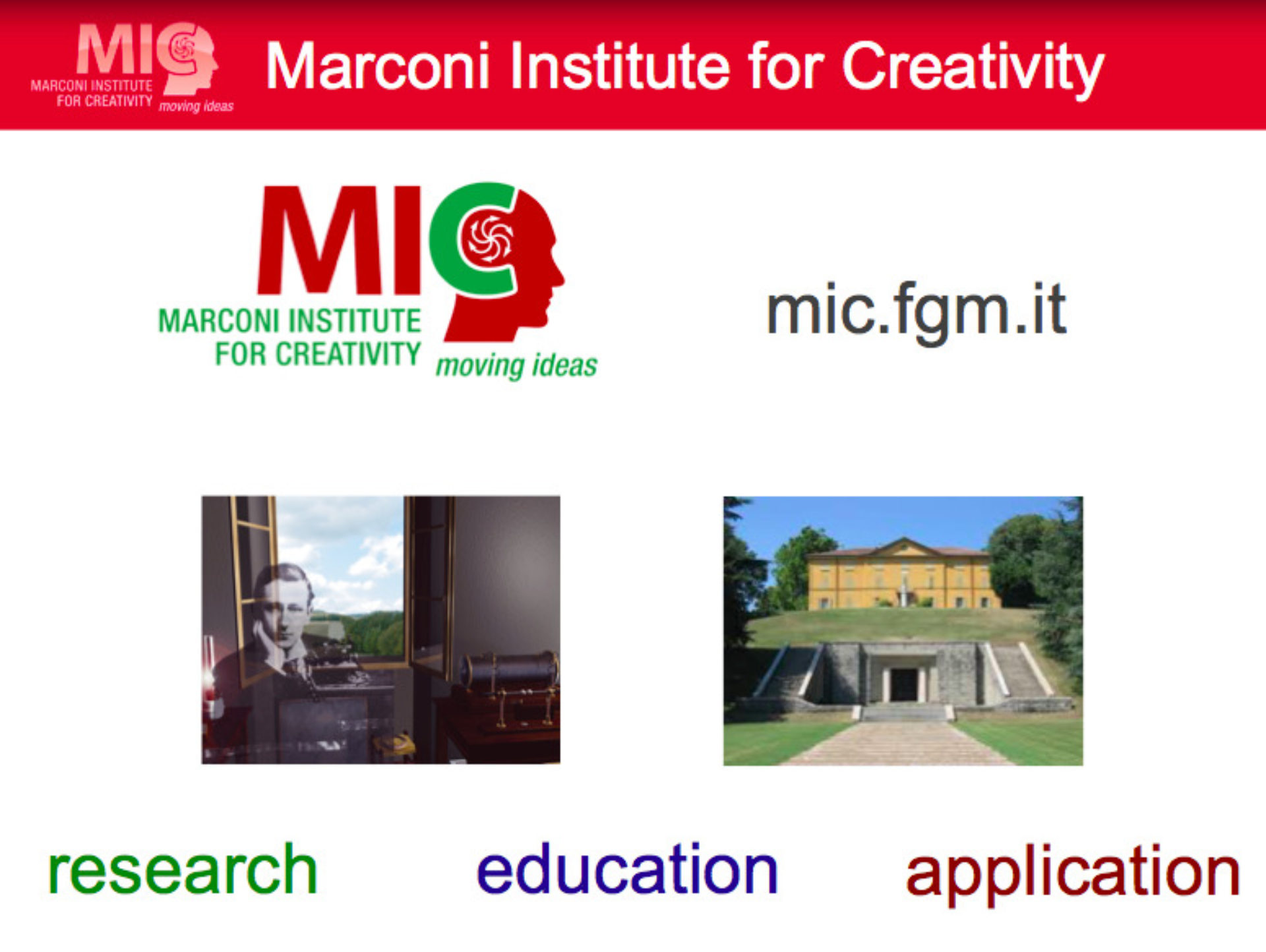
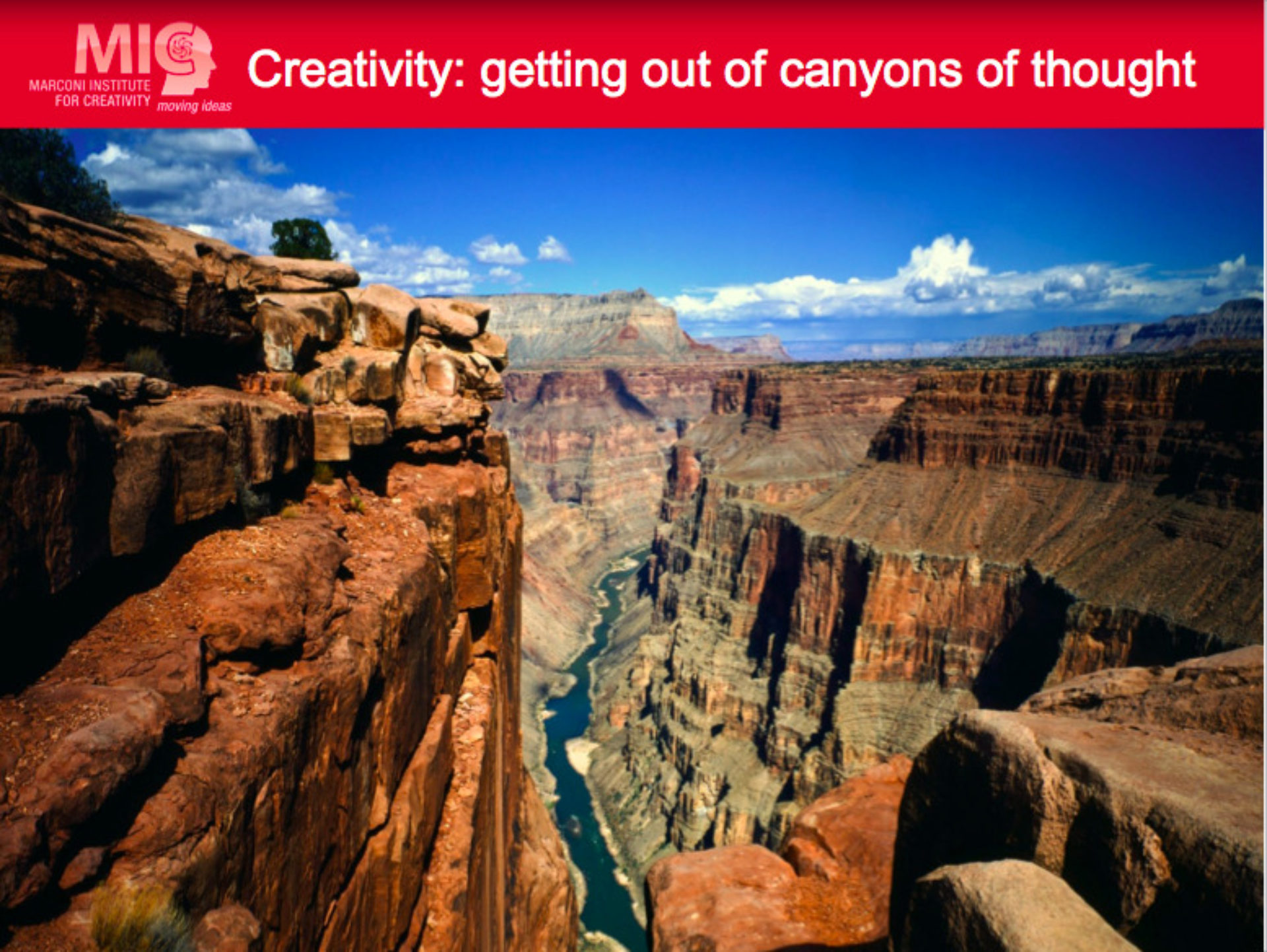
“The more we reinforce a certain way of thinking, the easier it becomes to activate that pattern depending on the inputs that come from the outside world. The neural thresholds get lower and lower. That is the canyon, at the bottom of which the water flows fast and free. The exercise of creativity forces us to slow down and look at something with fresh eyes to try to excavate a new canyon.”
When you talk about education, are you talking about the college level or did you go all the way back to elementary school?
We started from the University of Bologna because that’s where I teach in the engineering school. We created courses on Creativity and Innovation at the university level, but we work all the way down to elementary school level. For children it’s very easy to use imagination, but it’s difficult for them to ask the correct questions and find value in the ideas they generate. They don’t have the necessary knowledge. And as they grow and become adolescents, there’s a strong effect from peer-spread pressure that stifles creativity, because you become afraid of what other people might say when you generate ideas that are original. So, you tend to want to conform to what others do. And then let’s say that from the high school level on to university, it becomes a balance between the ability to generate ideas that have value and your depth of expertise. It is always difficult to challenge established knowledge.
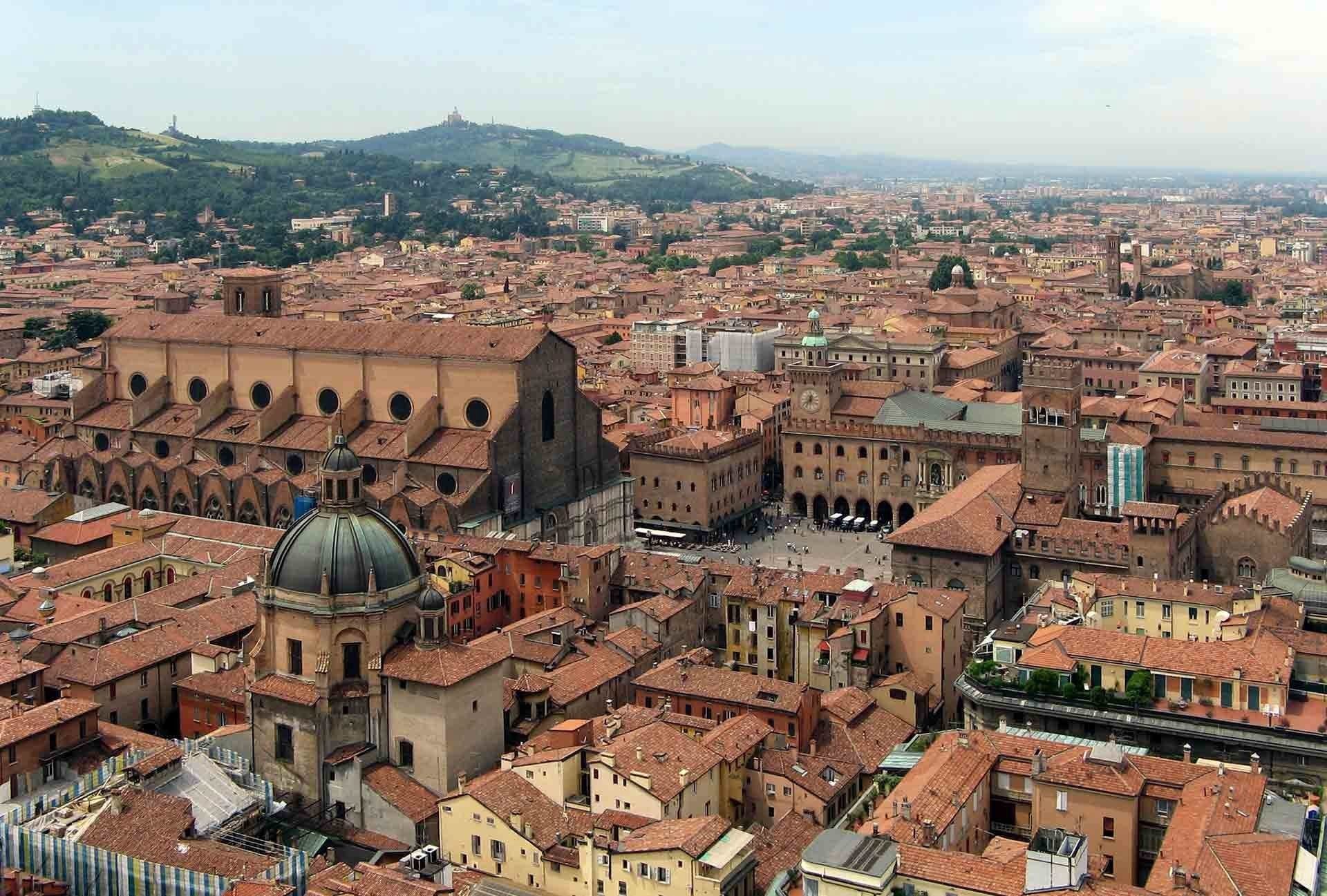
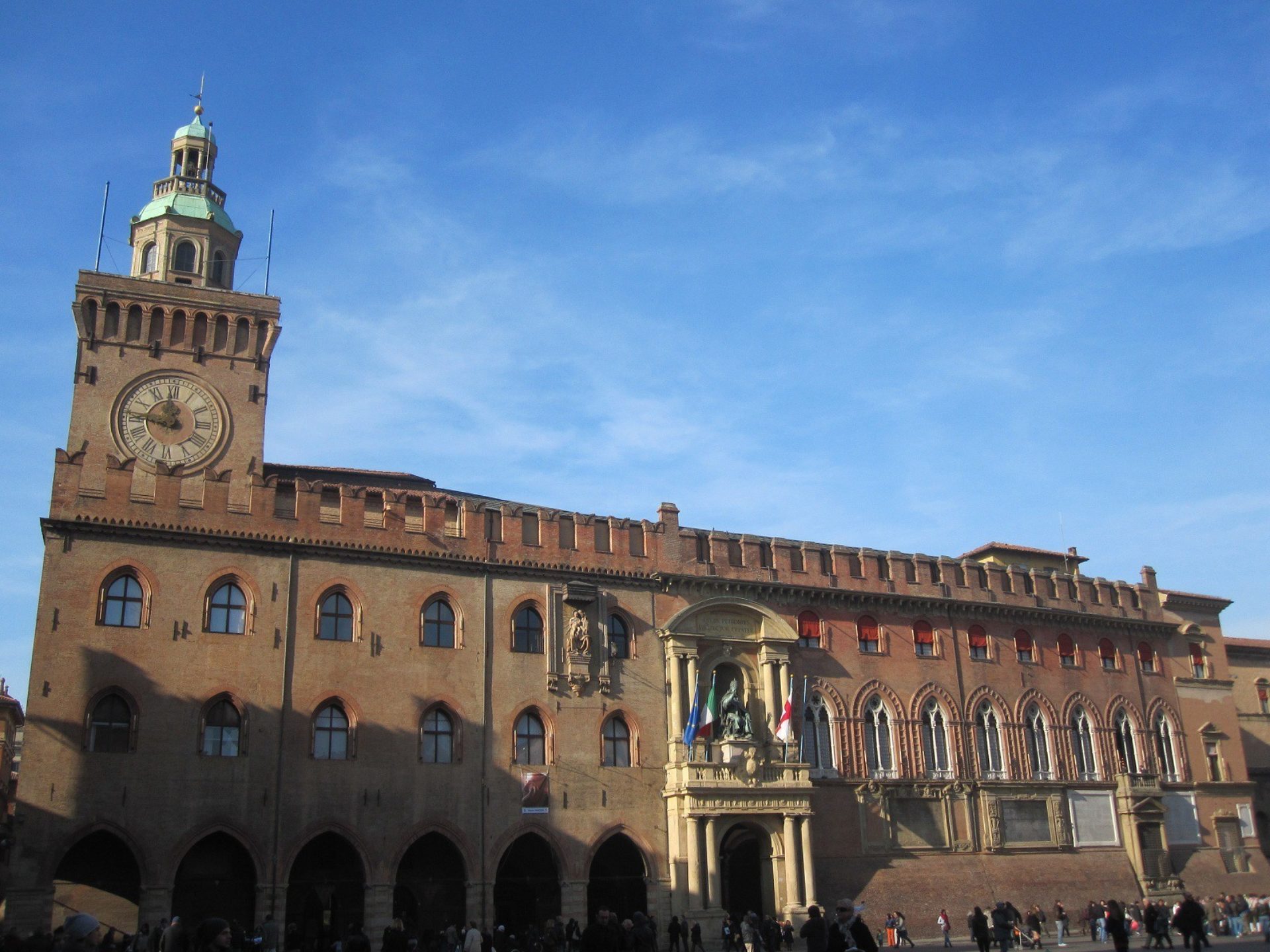
Giovanni’s Alma Mater, University of Bologna, is in Bologna (Italy) where he teaches Communications as well as Creativity and Innovation. “Creativity has become a necessity, not a luxury. And if it is a necessity, it has to become a discipline. You have to teach it starting from schools, of course, in universities. When we realized this we founded the Marconi Institute for Creativity. “
I would imagine it’s easier for younger people to do that, and harder as you get up the educational, chain and then out into the world.
There are important biological facts in development. We are born with very few synapses, with very few connections. We are rich in neurons, but poor in synapses. From zero to two years of age, there’s an explosion of synapses, the so-called synaptogenesis. And maximum neural connectivity is potentially the best condition for being creative, because you can make associations with anything. If you’ve been around a two-year-old toddler, you know how fun and crazy life can be. Of course, they don’t have the capacity to generate ideas that have value in the world of adults. You need knowledge to do that. After two-years of age, and depending on our experiences, we prune away all the synapses that we don’t use and we reinforce the ones that we use. These become faster and faster. They allow brilliant and fast responses. And that means through age, as you grow and you have more knowledge, then you start having the ingredients to generate ideas that have value in all disciplines. But at the same time, these pieces of information that you acquire have a double edge. They are necessary, but if you stick to them and consider them as being unchallengeable, then they can also become obstacles to novelty. The history of science is full of examples.

With its heritage in wireless innovation, the Marconi Foundation continues to study communication technologies like 5G and its impact on society.
Does the Institute work with professional organizations as well, once people are into their professional careers?
Of course, we do. We work with professionals in different domains. We started with engineers of course, but this topic and this discipline really transfers to all disciplines. We do cross-pollination exercises between scientific domains and humanities and tech domains, with astonishing results. There is really no boundary.
In one of your TED talks, you talked about this idea of a canyon of having to sort of disassociate yourself from your expert status to engage with creativity. Could you explain that?
The more we reinforce a certain way of thinking, the easier it becomes to activate that pattern depending on the inputs that come from the outside world through our senses. The neural thresholds get lower and lower. That is the canyon, at the bottom of which the water flows fast and free. You can give immediate responses that don’t take any time or effort at conscious level. This is very adaptive for survival. The exercise for being creative is to slow down this natural modality, perceive the inputs from the outside world with “fresh eyes”, and go back to the surface to try to excavate a new canyon. That means slowing down your thinking process, allowing for alternatives to open up and spending much more energy than the minimum necessary for simple survival. Fast changes require slow thinking!
Is it fair to say that creativity does happen when you cross-pollinate adjacent disciplines, or can it happen inside of your own vertical expertise?
If you are the highest expert in a discipline, it might become more difficult for you to generate ideas from a “central” point of view. And your high reputation can act as a block to originality, you have too much to lose. Then, cross-pollination exercises become extremely useful because they force you to see your own discipline from the eyes of a different domain.
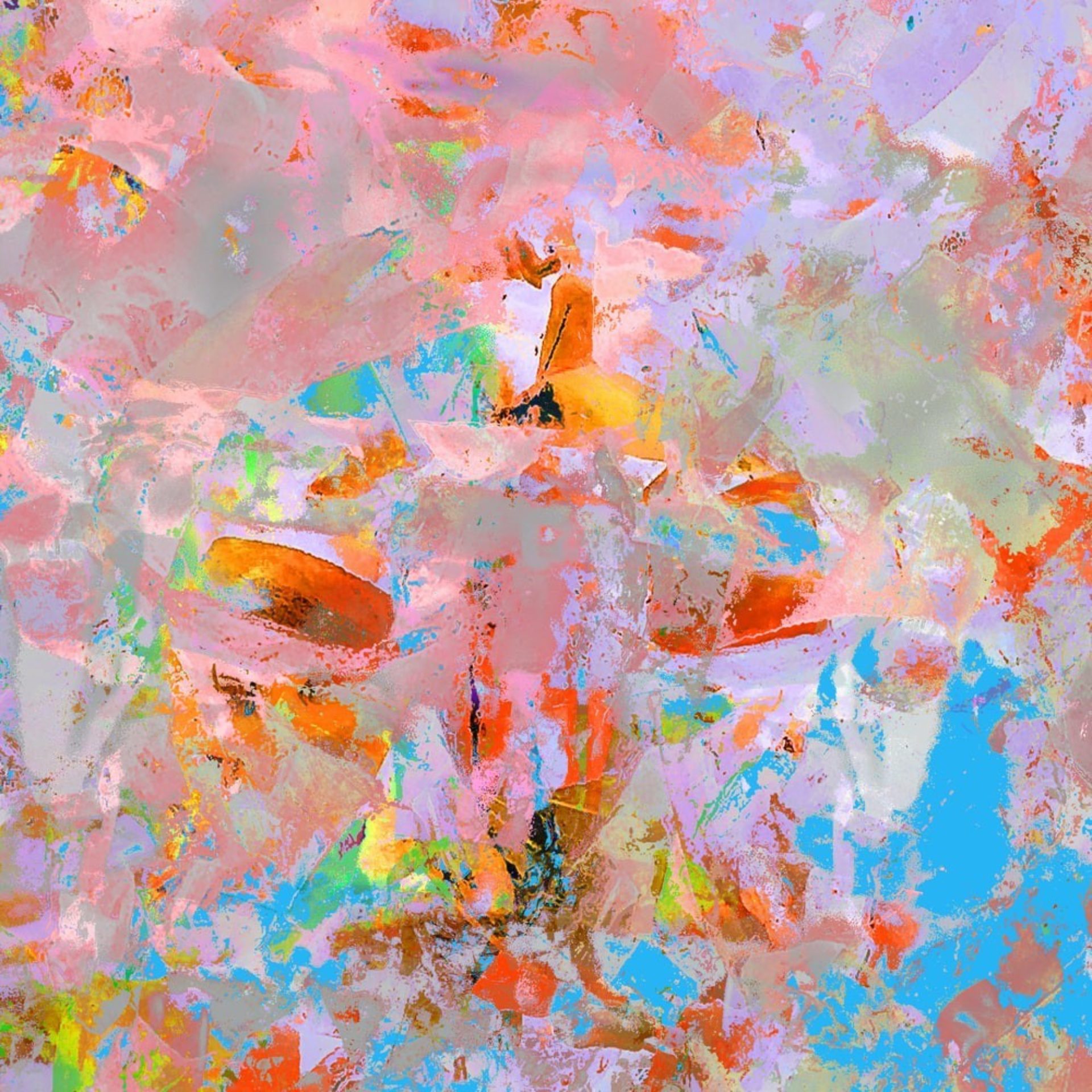
“There are many artists, musicians for example, who come out with a first album that becomes so successful they become trapped in that style. So even in the arts is not necessarily, creativity is not an easy game.”
Is there a particular discipline you’ve found where it is easier to deprogram their brains to get to a creative state, or an industry that is more prone or more resistant?
Creativity is normally associated with the arts, but even in the arts you can become very, very conformal to styles and trends. There are many examples of artists, for example in music, who come out with a first album let’s say, and then once that reaches success, they become trapped in that style. And if they try to change, the audience gets nostalgic for the first album. So even in the arts, creativity is not to be taken for granted. Vice tversa, there are disciplines you would not think of as creative, like science or in math, but if you read books from great thinkers like Henri Poincaré, you can discover his method to find solutions to very difficult mathematical problems that is an excellent description of the creative process. So really, there is no boundary. All disciplines can be the subject of creative thinking.
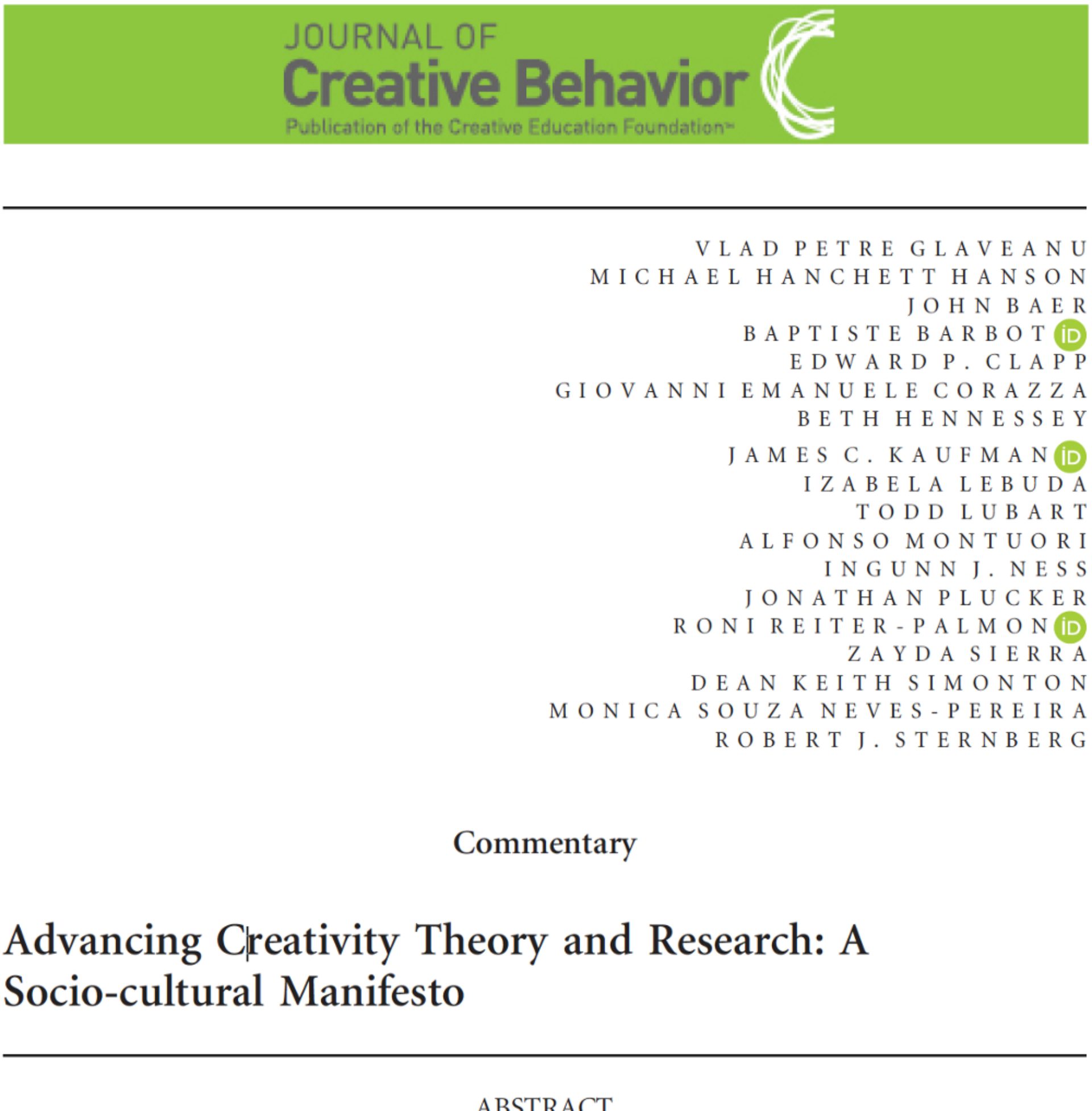
“We recently published a social cultural manifesto for creativity, which is about studying creativity at social cultural level and finding the characteristics of societies that favor or stifle creativity.”
Is it an overstatement to say that creativity can be a science?
It’s not an overstatement, it’s a discipline that can be tackled at many levels. There is a process going on in our brain as we think creatively, this is the subject of the neuroscience of creativity. Then there the psychological cognitive level, with studies of creative cognition. You can study personality in creative people, their traits, attitudes, self-identity. You can then study creativity in teams, the crucial dynamics between diverse people. And you can study creativity in the framework of professional work in companies. Going up one more level, we recently published the sociocultural manifesto for creativity, concerning the study of creativity at a sociocultural level. What are the characteristics of societies that favor or stifle creativity? What are the consequences of working with certain audiences over others? We posed 12 questions that are now open for research.
What do you mean when you say that creativity has a role in the universe?
The most exciting idea for me is the fact that creativity is not confined to the human species. Animals can solve problems in a creative way. And if you take a wide sense approach to creativity, you can find emergent trajectories of evolution in biology and even in physics, without the need for life. So inanimate matter can be creative? How is that possible? In complex systems, in certain conditions that are far away from equilibrium, future trajectories can emerge to be unpredictable, surprising, original and effective, hence creative! Creativity in the cosmos is possible because we’ve had, since the Big-Bang, an explosion of energy that keeps our universe away from equilibrium. Creativity is a fundamental principle in our universe, which explains the growth of order in place of entropy.
Let me give you a concrete example of creativity in biology. If you are a vine, you have the problem that animals climbing on trees like to eat you because you’re very soft, much softer than the tree itself. There’s one specific type of vine that lives in Chile that has found a creative solution to this problem, called Boquila. It developed a way to imitate the shape of the leaf of the tree upon which it is climbing, to confuse the animal. But not only that: if the same vine climbs first on one tree, then on a second and a third tree, it changes the shape of its leaves dynamically. It’s actually “seeing” the shape of the leaves of the tree up upon which it has wandered upon and then imitates that kind of leaf! This kind of solution is really surprising and very difficult to explain from the biological point of view. There have been experiments of growing the Boquila on a plastic plant. And the result of that was that… it imitates even the plastic leaves. So really it must have a network of sensors that allows this plant to “see” the shape of the leaves.
Sensory, but not sentient.
It’s not sentient in the way we talk about with humans, but it might have a form of “consciousness” of its own.
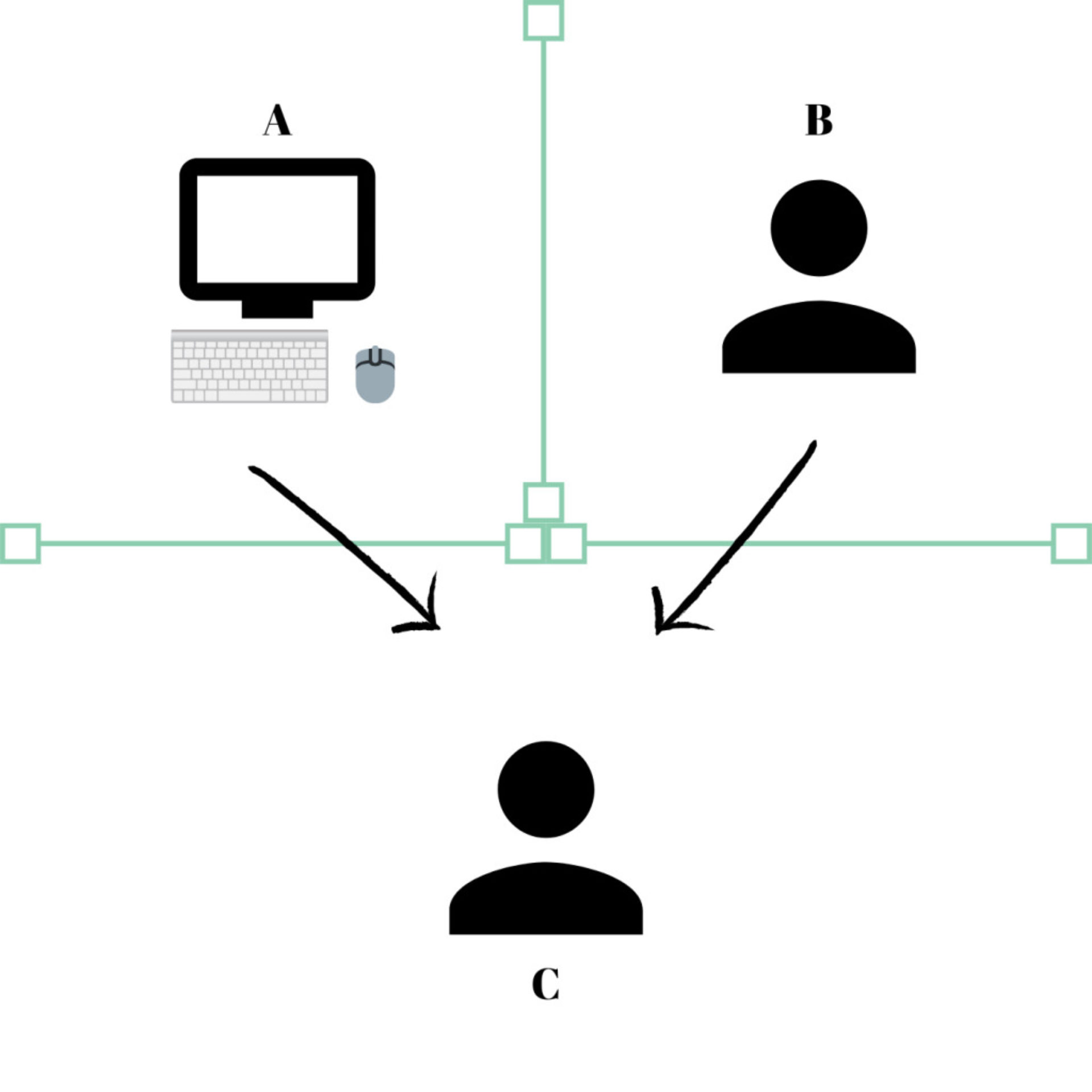

The Turing test, originally called the imitation game by Alan Turing in 1950, is a test of a machine’s ability to exhibit intelligent behavior equivalent to, or indistinguishable from, that of a human.
Speaking of types of consciousness, what do you think are the implications for the emergence of artificial intelligence on our creativity?That is a very interesting question because we think of creativity as the last frontier for humans. In the evolution of the job market, the machines will eventually take on all the routine activities and everything that is algorithmic, and humans will be the creative side. However, a new field of artificial creativity is also emerging. Artificial painters, writers, composers… Of course, the machines have been programmed by humans, but the results that come out of these machines cannot be predicted, due to the insertion of chaotic routines. It can be very difficult for humans to understand if a certain design, for example, of an electronic circuit has been generated by a human or a machine. There have been patents filed where an officer was not able to know whether the design had come from a machine or a human. In this sense, the Turing test for creativity has already been passed.
Now, if machines can also be creative, that could become a real problem for us. But the fact is that machines will never be able to perform the entire creative process. Having an intuition, following your instinct, understanding what people need just by looking in their eyes, these are purely human capacities. We will use the help of artificial intelligence in the generation stage, to combine elements. But extracting value from original ideas requires sensitivity, imagination, and projection into the future, because you must imagine a possible future in which your ideas have the highest possible value. All this preparation and extraction of value cannot be done well by machines. I am sure that, in the end, it will be a collaboration between the human side and the artificial side.
You’ve talked about this idea of organic creativity. Was that a response to this?
In a certain sense. Organic creativity means that when you’re being creative, you can reach a status of wellness, a balance between imagination and control. And this equilibrium is what we mean by “organic”. There are many examples of the fact that creativity is beneficial for health and wellness. One I can tell you concerns people that have had strokes in their brain: If they engage in creative activities in the first four-five days after the event, then they have much higher probability to regain most of their functionalities in the long term.
When we train for creativity inside of companies, we can measure the level of perceived wellness, and the benefits are evident.
Another important aspect, which I think is critical in today’s society, is the fact that when you train for creativity you’re developing an ability to change your point of view. Creative abilities depend strongly on this flexibility. Flexibility has an indirect, but measurable and statistically valid effect on the perceived distance between different groups in society. Which means that if you train and distribute creativity in society, you will reduce discrimination! You will reduce racism without ever talking about discrimination. People will feel closer to one another simply because they are trained at looking at reality from different points of view.
In Harvard Business Review, a writer wrote a scathing account of creativity in business, suggesting it was reckless to bring creativity into the workplace because businesses have different organizing principles in their organization which are antithetical to creativity. So, bringing people in to generate ideas that can’t be implemented within the organization is setting them up to fail. Have you seen or encountered that?
I partially agree, and that may surprise you. You cannot always be creative. Creativity in certain conditions can be detrimental and distract you. A company also need to milk the cow. You have a core business and you have to keep investing in that. So the investment in creativity will always be a fraction. It can never be a hundred percent of the investment of R&D in a company. Creativity is something that you need to manage and dose. It’s not something that you just throw in a company and assume it will solve everything. We believe an investment between 1% to 5% of your resources is sufficient. In a vertical approach, this would mean a special “division” of creative people, but this for us is not the best organization. Our preferred approach is horizontal: we try to get people from all divisions around the table. That’s when we get the best results.
Intelligence and creativity should be developed together. The balance between the two is the critical element. Right now, let’s say that in traditional schools, the balance is completely towards intelligence and creativity is almost at 0%. But even one hundred percent focus on creativity would be wrong. It’s a matter of finding the correct balance between brilliant ideas, fast answers, and working within the box, and then at times exploring outside of the conventional ways of thinking and coming back with ideas that are both original and effective.
What do you think the difference is between innovation and creativity?They can be seen as different stages of a process. Creativity can involve be generating large numbers of ideas, because fluency is an important metric. More original ideas are remote. . Only a small percentage of these ideas will take the path of R&D. The innovation stage requires the development and actual implementation of an idea to change portfolio of products and services of a company. But it is possible to have creativity without innovation, for pure wellness, and innovation without creativity, for example by implementing ideas developed by other pioneers.
How do you think the COVID pandemic is impacting creativity? Are you seeing anything now or into the future?
This is definitely a very hot topic. Many, many researchers are working on the impact of COVID in different domains. As an example, we’ve done an international study within Italy, France, Poland, and the US with more than a thousand participants to see if being creative can mitigate the effects of the COVID-19 lockdown. And the results are positive, in the sense that the people that have higher self-concept for creativity, people who feel they are creative, are more effective in moderating the stress that comes from being in lockdown, and they are more effective in reducing the possible depression that comes from lockdown. So there is a positive effect of your self-concept as a creator in terms of resisting the effects of a lockdown.
You can also study the opposite question, the effects of lockdown on creativity. We can ask, “Since you were in lockdown, did that do anything to your creative production?” The lockdown for sure has given a lot of time to people for producing art. We’ve seen an explosion in different forms of art.
But in a few years we will look back and finally be able to see what kind of an effect lockdown has had, because reducing social relations and reducing movement and traveling, all of these are very negative effects. I think it will take some years before we can really recover from these.
Do you think that creativity differs in different cultures?
Yes, absolutely. There are cross cultural studies of creativity and comparative studies of creativity across different cultures. The evidence shows that we normally talk about the Western idea of creativity. Eastern cultures have a different conception of creativity. One aspect which is very different is the importance of the individual as opposed to the work of the community. Also, the stress on originality, which is essential for us, becomes less important in other cultures where re-interpretation of traditions is valued. Another element which is different across cultures is a personality characteristic, openness. Openness is found to be fundamental in the Western world. It involves a freedom of exploration and expression, which can be seen as disrespectful in other cultures.
How would you define beautiful thinking?
Well, I think that the effect, the aesthetic effect of thinking of something which is truly original and surprises you, and then surprises your audience, brings a unique form of joy and excitement. And there are neural correlates to that joy and excitement. To me, that is really beautiful, that is moving. Of course, in the end beauty is all emotional. You have to steer emotions. Emotions drive the creative process. Emotions give you the energy, the excess energy with respect to the minimum you need to survive, which drives creativity.
Had you ever heard of the word Eunoia before?
Well, you introduced me to it, but I really appreciate its Greek origins. The prefix EU means good, or wellness. It’s a very nice word, congrats on your good choice!


